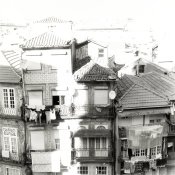Shawn Dougherty
Member
Hi Shawn,
Thanks for the detailed post, very informative. Very nice b/w print too. thanks for sharing.
I have a quick question on your negative development process - could you please share the developer you use. (I currently use Rodinal Stand and tried HC-110 but having over development issues, but the 1:140 dilution could be useful. Will post some sample scans and print interpretations to the thread shortly).
Regards,
Arun.
Thank you! =) If you are referring to my last post, Skunk Run Falls, the developer was Rodinal (Adox Adonal). I've found at very high dilutions, changing the time brings up the shadows more than the highlights and changing the dilution brings down the highlights more than the shadows.
I've gotten away from stand development for a variety of reasons but that is another issue which has been discussed to no end here on APUG. =)







